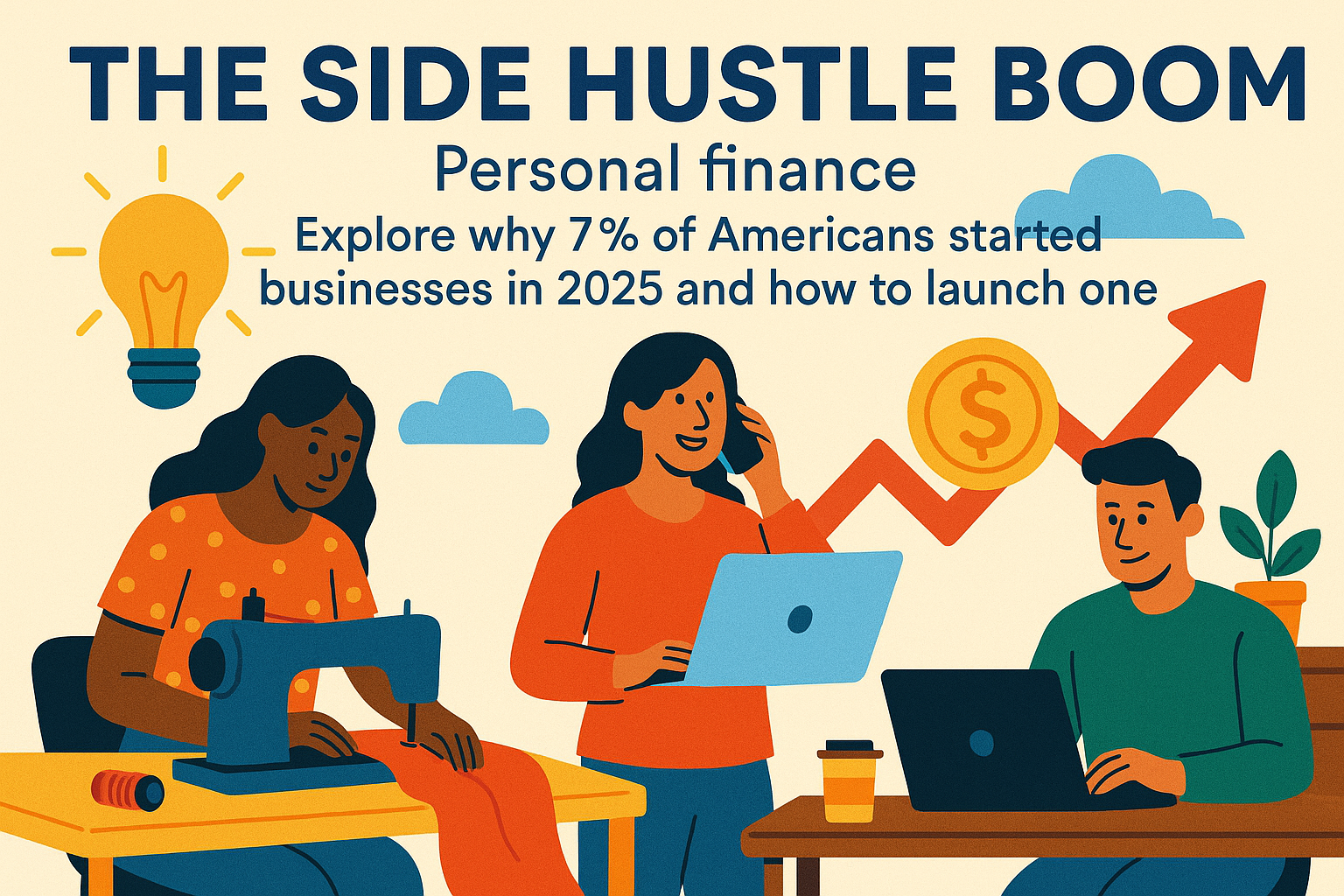The Credit Card Conundrum: 41% of Adults Carry Debt
Credit card debt is a significant issue for many adults today, with approximately 41% of individuals carrying some form of debt. This article delves into the reasons behind this startling statistic and offers viable strategies for managing and reducing credit card debt.
Understanding the Credit Card Debt Crisis
Credit cards provide convenience and purchasing power, but they can also lead to financial hardship when mismanaged. The ease of swiping for goods and services often leads to overspending, especially in a culture that values instant gratification.
According to a report from the Federal Reserve, the average credit card debt for U.S. households carrying a balance is over $6,000. This debt can quickly accumulate with high-interest rates, making it difficult for individuals to pay off their balances.
Why Do So Many Adults Accumulate Credit Card Debt?
1. Lifestyle Inflation
As income increases, many individuals tend to upgrade their lifestyles. This lifestyle inflation can lead to increased spending on non-essential items, which often gets charged to credit cards.
2. Insufficient Financial Literacy
Many adults lack a solid understanding of personal finance. Without knowledge of budgeting, interest rates, and the consequences of debt, individuals may find themselves in a cycle of borrowing that is hard to escape.
3. Emergency Expenses
Unexpected expenses such as medical bills or car repairs can quickly lead to credit card debt. When savings aren’t available, many people resort to using credit cards to cover these costs.
4. Marketing and Consumer Culture
The pervasive nature of advertising encourages spending. Credit card companies often offer enticing promotions and rewards that can lure individuals into accumulating debt unnecessarily.
Strategies to Manage and Pay Down Credit Card Debt
If you’re among the 41% of adults carrying credit card debt, don’t despair. Here are several strategies to help you regain control of your finances.
1. Create a Budget
Start with a clear budget that outlines your income and expenses. Identify areas where you can cut back and allocate those savings toward paying down your debt.
2. Prioritize High-Interest Debt
Focus on paying off high-interest credit cards first. The snowball method, where you pay off smaller debts first, can also help build momentum, but tackling high-interest debt can save you more money in the long run.
3. Explore Balance Transfers
Consider transferring your balance to a credit card with a lower interest rate or a 0% introductory APR. This can provide temporary relief and allow you to pay off your debt faster.
4. Automate Payments
Set up automatic payments to ensure you never miss a due date. This strategy can help you avoid late fees and additional interest charges.
5. Seek Professional Help
If your debt feels unmanageable, consider reaching out to a financial advisor or credit counselor. They can provide personalized strategies and guidance tailored to your situation.
Real-Life Examples of Debt Reduction
Many individuals have successfully reduced or eliminated their credit card debt by implementing sound financial practices. For example, Sarah, a 29-year-old marketing professional, managed to pay off $15,000 in credit card debt in just two years by following a strict budget and cutting unnecessary expenses.
Similarly, John and Lisa, a couple in their early thirties, found themselves in debt after unexpected medical expenses. By consolidating their debt and committing to a repayment plan, they reduced their debt by over 50% in one year.
The Importance of Building an Emergency Fund
One of the best ways to avoid falling back into credit card debt is to establish an emergency fund. Aim to save three to six months’ worth of living expenses to cover unexpected costs without resorting to credit cards.
Start small by setting aside a portion of your paycheck each month. Over time, you’ll build a financial cushion that can help you avoid debt in the future.
Conclusion: Take Charge of Your Financial Future
Carrying credit card debt is a common struggle for many adults, but it doesn’t have to define your financial future. By understanding the reasons behind debt accumulation and implementing effective strategies, you can work toward a debt-free life.
For more insights on personal finance, explore our other articles on wellness and tech that can help you make informed financial decisions.
If you’re ready to take action, start by creating a budget today. Remember, every small step counts toward a more secure financial future.
